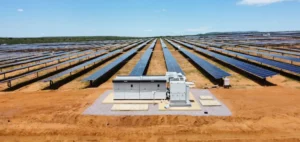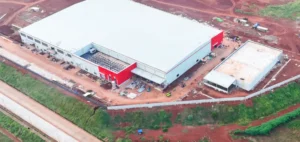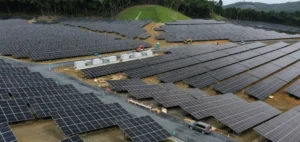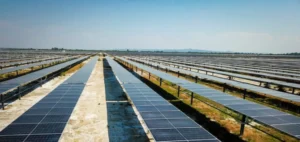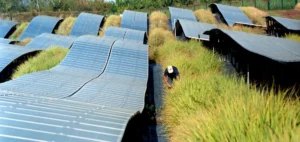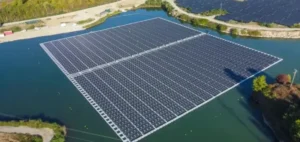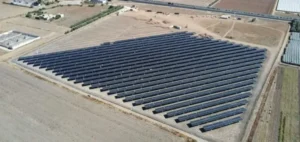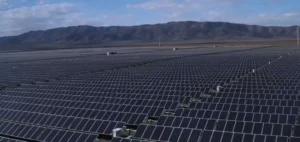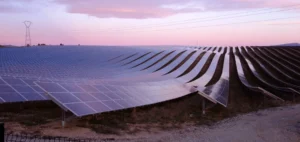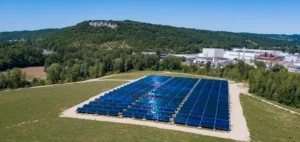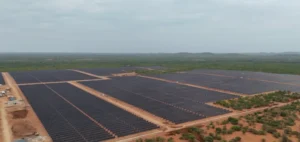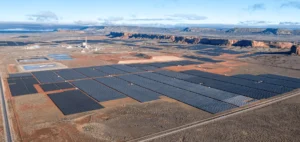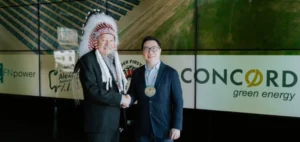The year 2022 witnessed unprecedented growth in the global solar field, with a total installed capacity of 240GWdc, marking a record year. This remarkable growth has led to unprecedented expansions in the operating portfolios of the world’s largest solar asset owners.
The main players in the solar sector
Among the world’s leading solar players, including Chinese companies, solar portfolios have increased dramatically by 44% in 2022. This increase was mainly fuelled by the ambitious solar targets set by the Chinese authorities for the year 2025. Excluding Chinese state-owned companies such as SPIC, China Huaneng Group and CHN Energy, the world’s 15 largest non-Chinese owners increased their portfolios by 20% last year.
NextEra Energy Becomes Largest Owner Outside China
NextEra Energy became the largest owner of solar assets outside China at the end of 2022. The company has seen significant growth in its solar portfolio, adding 1.8 GWdc by 2022. Vietnamese company EVN, once top of the ranking, has dropped to fourth place due to Vietnam’s ban on new large-scale solar projects because of grid congestion.
SPIC’s Domination in the World Solar Ranking
On the Chinese side, SPIC still dominates the global ranking of solar asset ownership, which includes Chinese companies. China’s state-owned utility interconnected 12.5 GWdc in 2022, surpassing the capacity installed by the 15 largest non-Chinese asset owners combined.
The Role of IPPs in Solar Asset Ownership
Of the world’s 15 largest owners of solar assets outside China, 67% are affiliated with utilities as Independent Power Producers (IPPs), which is also remarkable. These affiliated PPIs represent 41% of classified capacity. This share is even higher in certain regions, notably the Americas (63%) and Europe (70%).
Non-publicly-affiliated IPPs account for 26% of the entities in the global ranking excluding China, while SOEs account for 15%. In Europe, this breakdown is very different from previous years, when most of the largest owners of solar assets were infrastructure funds. However, the region’s transition to projects with merchant market revenues is redefining the profiles of key asset owners.
2022 was a major year for the global solar sector, with unprecedented growth in capacity installation. The largest owners of solar assets, both Chinese and non-Chinese, have seen massive expansions in their portfolios. This trend demonstrates the growing importance of solar energy worldwide, as well as the diversity of the industry’s key players.





